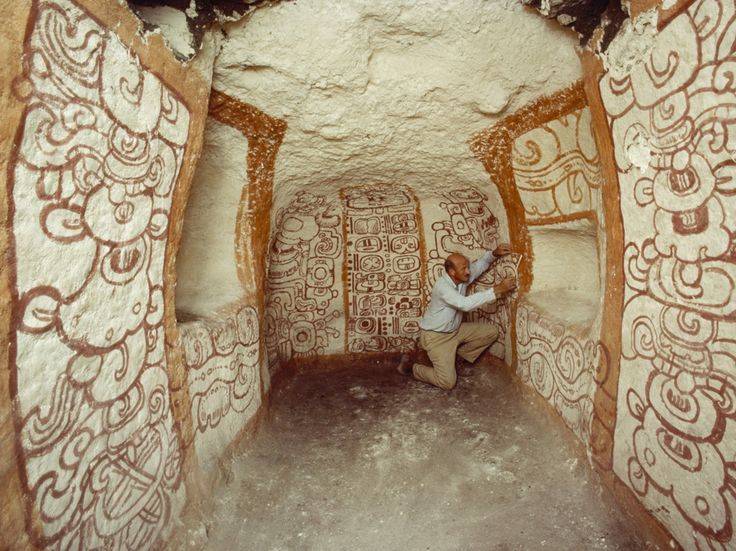Rio Azul, translating to “Blue River” in Spanish, is an archaeological site of paramount importance located in the dense tropical rainforests of Guatemala, near the borders with Belize and Mexico. This site, nestled within the Rio Azul National Park and part of the Maya Biosphere Reserve, offers a unique window into the Maya civilization during the Early Classic period, approximately between 250 and 600 AD.
Historical Places
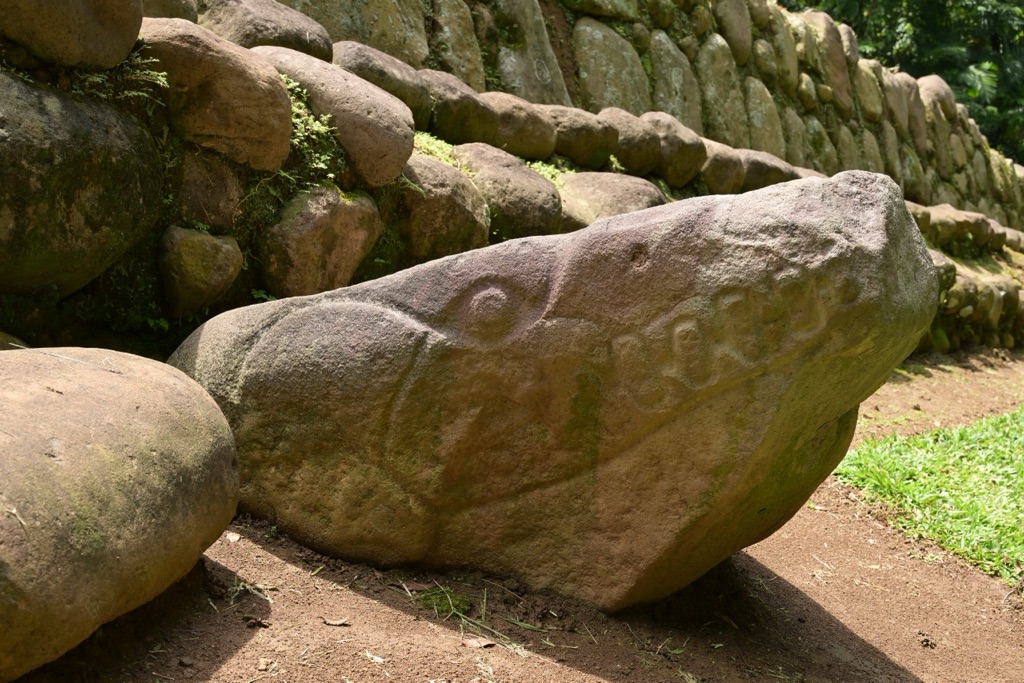
Tak’alik Ab’aj
Tak’alik Ab’aj, translating to “Standing Stone” in the local K’iche’ Maya language, is a pre-Columbian archaeological site located in Guatemala. Its significance lies in its long history, spanning from the Early Pre-Classic period (1000-800 B.C.) through to the Post Classic period (900-1200 A.D.), and its role in the apparent cultural transition from Olmec to Maya civilizations. This transition is evident in the site’s monuments, architectural styles, and artifacts.
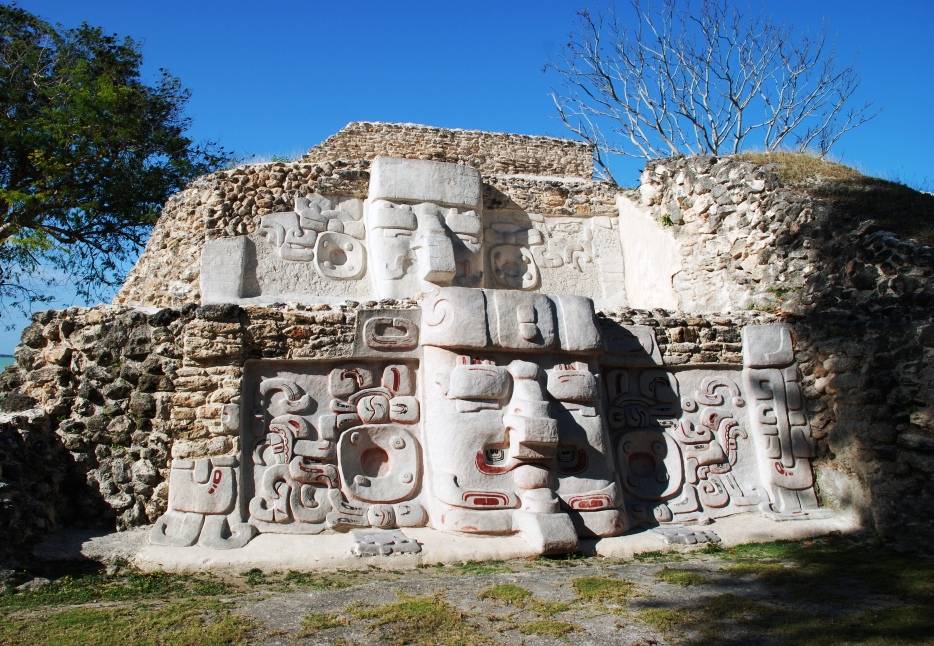
Cerros
Cerros, located in the Corozal District of Belize, is a significant archaeological site that dates back to the Late Pre-Classic period (300 B.C.-250 A.D.). This site is strategically positioned at the tip of a peninsula where the New River meets Chetumal Bay, making it an ideal location for trade and cultural exchange between the interior cities of Lamanai, the Peten region, and the Yucatan coast.
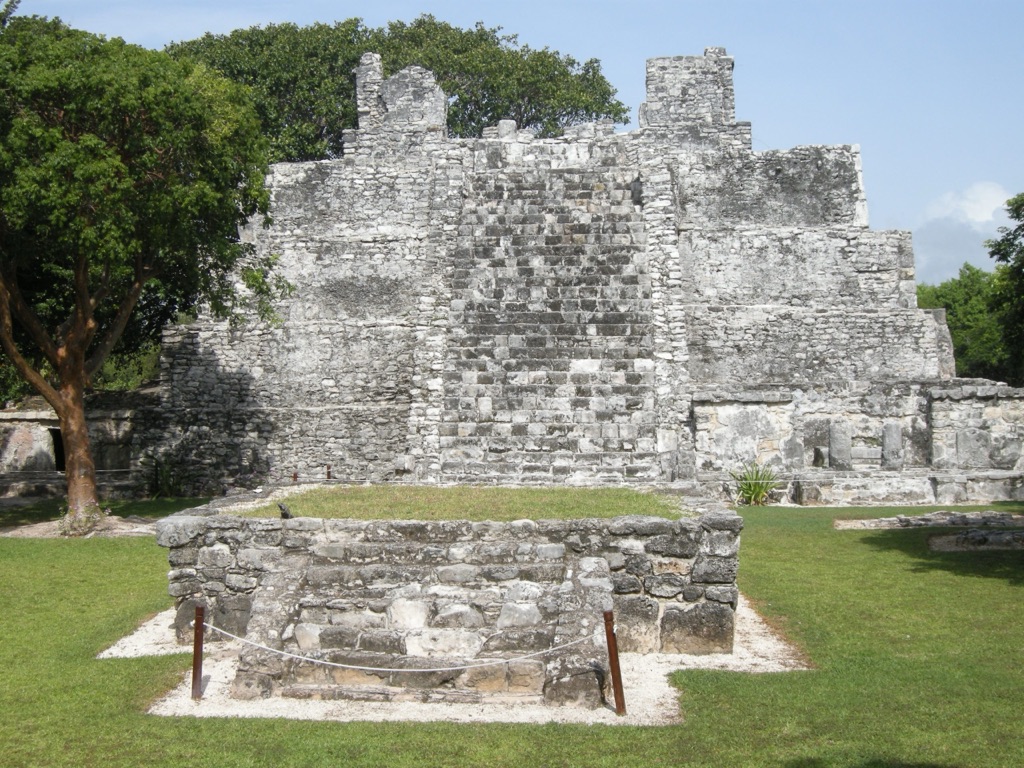
El Meco
El Meco is a notable archaeological site located on the northern outskirts of Cancun, Quintana Roo, Mexico. This site, positioned along the coastal road to Punta Sam, offers a glimpse into the ancient Maya civilization that once thrived on the northeast Yucatan Peninsula. Managed by the local INAH (National Institute of Anthropology and History) representative, the site is distinguished by its well-preserved ruins, abundant shade trees, and the presence of various bird species and flowering plants, enhancing the visitor experience.
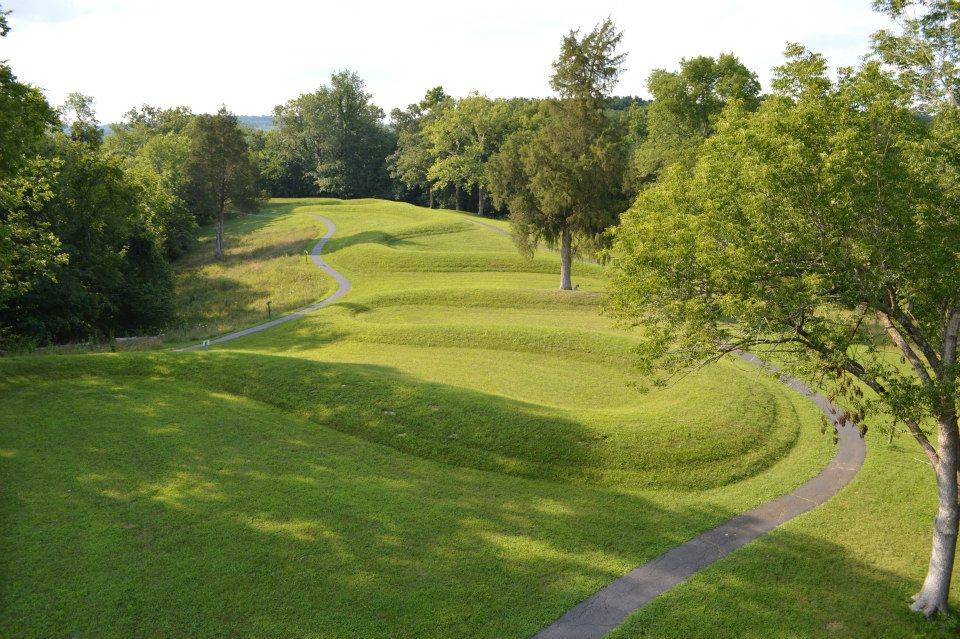
The Great Serpent Mound
The Great Serpent Mound, located in Peebles, Ohio, stands as a preeminent example of prehistoric effigy mounds in North America. This effigy mound, extending 1,348 feet in length and reaching heights of up to three feet, is situated on the Serpent Mound crater plateau, overlooking the Ohio Brush Creek in Adams County, Ohio. Recognized as the largest serpent effigy globally, the mound’s construction and purpose have intrigued researchers and historians for centuries.
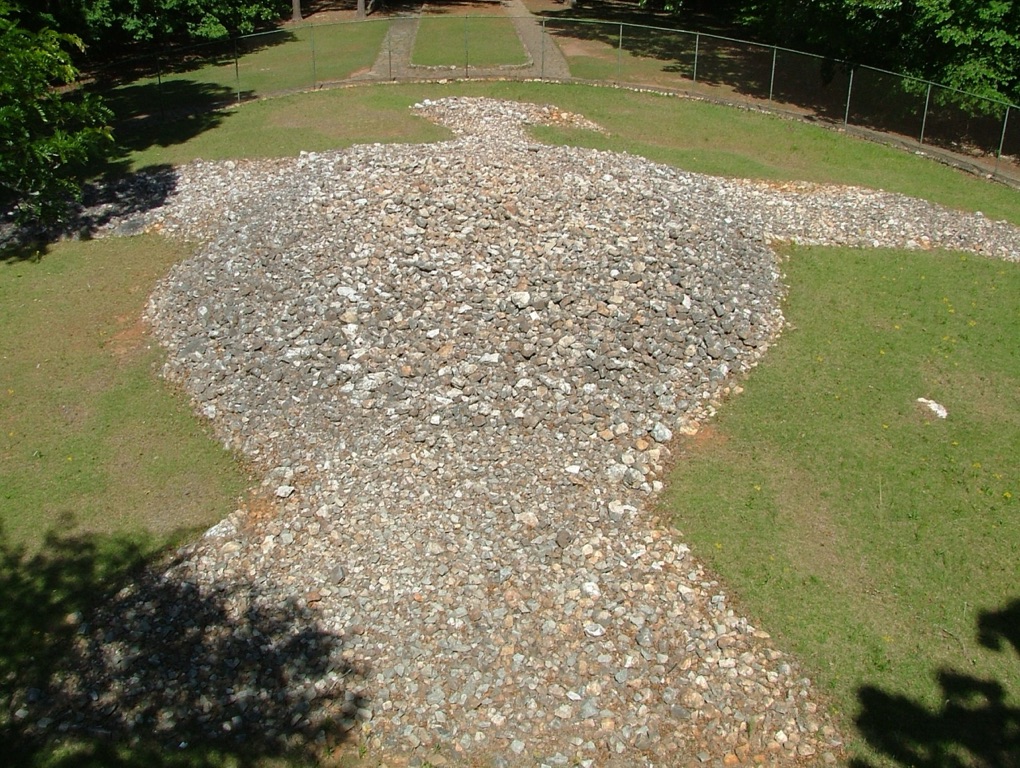
Rock Eagle
The Rock Eagle Effigy Mound, located in Putnam County, Georgia, represents one of the most intriguing and enigmatic prehistoric archaeological sites in the United States. Estimated to have been constructed between 1000 BC and AD 1000, this monumental earthwork stands as a testament to the ingenuity and spiritual depth of the early inhabitants of Middle Georgia. Despite extensive scholarly research, the precise cultural significance and the identity of its creators remain subjects of speculation and debate.

